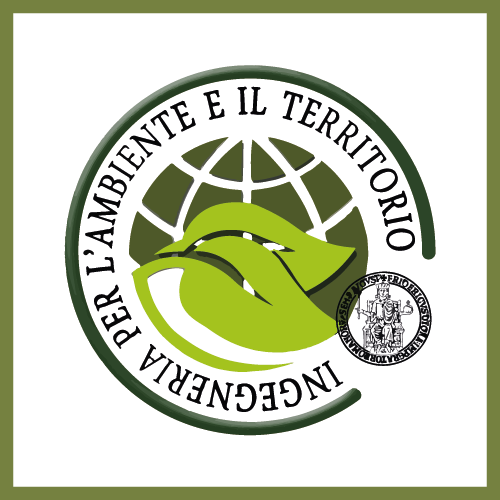Advanced technologies for hydrological monitoring
Code:
SSD: ICAR/02
Learning outcomes:
The present course provides an overview of the ways in which Unmanned Aerial Systems (UAS) have revolutionized our capability to monitor vegetation dynamics, river systems, and soil characteristics and processes at unparalleled spatio-temporal resolutions, which has in turn led to enhancements in our capacity to describe water cycle and hydrological processes. The course will guide students providing guidelines, technical advice and practical experience to support practitioners to raise efficiency of monitoring with the help of UAS. Moreover, students will also have a direct experience with a dataset of field surveys that may be used as practical exercises in order to allow the application of the proposed techniques or methods to real study cases.
Contents:
- Background of the Remote Sensing technology (past, present and future) and future advances.
- Review of UAS technologies, users community and platforms availability (rotor, fixed wing, hybrid), sensors (passive and active), power supply, regulations, software, constraints, advantages, disadvantages, and market.
- Review of all available protocols, regulation requirements, platforms restriction and operation, ground truth (spectral and spatial), environmental issues (weather, sun elevation, night acquisition, field of sight etc.). Suggestions and guidance on flight mission planning, safety measures, camera setting and choice, and software available.
- 3D reconstruction with photogrammetric technique: Structure-from-Motion (SfM).
- Selecting sensors and platforms for vegetation mapping. Comparison with other remote sensing methods highlighting the advantages and disadvantages using UAS.
- UAS-mapping of the agricultural ecosystems providing canopy scale data about plant status, stress, biomass and evapotranspiration.
- Soil texture mapping with UAS. The importance of soil texture and soil hydraulic properties will be discussed along with the traditional and proxy ways to evaluate soil texture at the field scale.
- Methods for Soil Moisture Content (SMC) monitoring using UAS.
- Benefits and peculiarities of river monitoring with UAS. Generalized river monitoring workflow, from flight planning, data acquisition, through to post-processing and analysis of results, and shortly describe the state-of-the-art techniques applied at each stage. Such techniques include stabilization and orthorectification of acquired footage, image enhancement, image velocimetry, aggregation of image velocimetry results, data validation and presentation of results. Image velocimetry techniques: Particle Image Velocimetry (PIV), Large Scale Particle Image Velocimetry (LSPIV) and Particle Tracking Velocity (PTV). Morphological monitoring: channel change, bank erosion, point bar and island development and even bathymetric variations in clearwater conditions.
- Tools and datasets for UAS applications: A comprehensive description of processing the UAS data from raw DN (Digital Number) to thematic maps: Geometric correction, radiometric calibration, reflectance and brightness temperature extraction, mosaicking, merging data from different UAS and other RS sensors (data fusion), available commercial software for each process, available open codes and sharing data policy.
Teaching method: Frontal lectures, in-class exercises, workshops
Teaching material:
Casagrande, Gianluca, András Sik, and Gergely Szabó, eds. Small Flying Drones. Springer, 2018.
Ben Dor, Eyal, Salvatore Manfreda, Remote Sensing of the Environment using Unmanned Aerial Systems (UAS), Springer, 2020.
Examination procedures:
The final examination consists of an oral exam covering the theoretical and technical aspects described within the course together with the discussion of design exercises and team projects.

